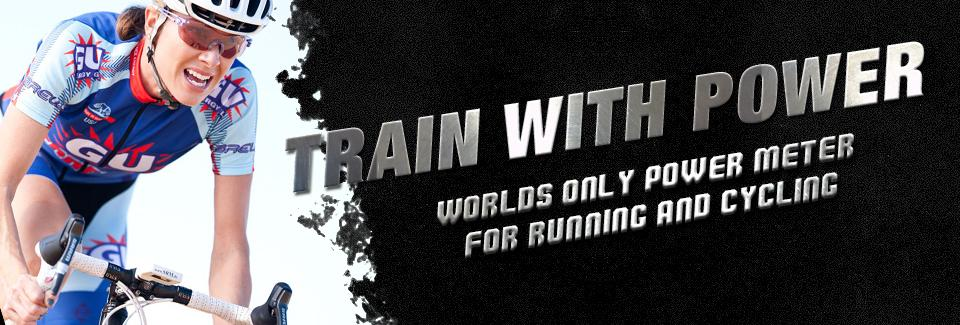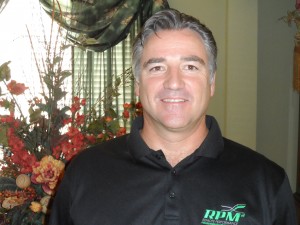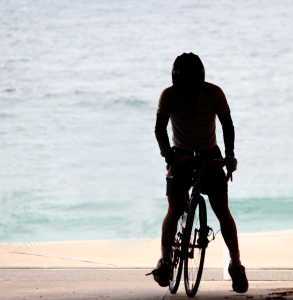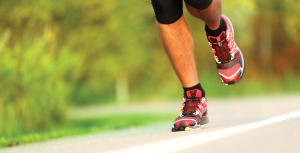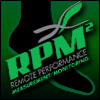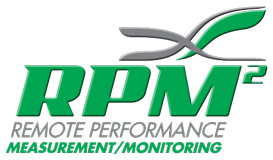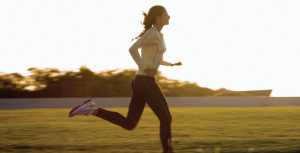 In addition to testing your range of motion, RPM2 collects information on bilateral equivalence during a run. After calibrating your inserts and setting your run time, you’ll click “start” to begin your run. Your device will alert you when the run time is complete, and several measurements will appear on your dashboard. To measure run gait, the RPM2 device obtains data from five different 10-second segments of your run. One segment is taken from the beginning of the run, three are taken in the middle, and one is taken at the end. This strategy helps determine whether the runner remains consistent throughout the run or breaks down at some point. Here’s how you can interpret the data and use the information provided to improve your running performance.
In addition to testing your range of motion, RPM2 collects information on bilateral equivalence during a run. After calibrating your inserts and setting your run time, you’ll click “start” to begin your run. Your device will alert you when the run time is complete, and several measurements will appear on your dashboard. To measure run gait, the RPM2 device obtains data from five different 10-second segments of your run. One segment is taken from the beginning of the run, three are taken in the middle, and one is taken at the end. This strategy helps determine whether the runner remains consistent throughout the run or breaks down at some point. Here’s how you can interpret the data and use the information provided to improve your running performance.
- Step Time: Measured in milliseconds, the step time reading compares the right and left legs and shows how gait holds up or breaks down during the run. If step time increases throughout the run, this can indicate fatigue or improper mechanics, both unilaterally and bilaterally.
- Ground Contact Time: Also measured in milliseconds, ground contact time is the amount of time your foot maintains contact with the ground with each stride. When this measurement increases, the runner is moving out of gait, resulting in a slower and less efficient run.
- Flight Time: The flight phase is the portion of your stride in which neither foot is in contact with the ground. Flight time is measured in milliseconds, and like ground contact time, an increase in this measurement indicates a gait issue.
- Cadence: This is a measure of steps per minute, and the goal is to maintain a consistent cadence for the full run. A decrease in cadence can show fatigue or poor mechanics.
- Pace: The pace reading is a measurement of miles per minute. A decreased pace from the first 10-second segment to the last points to fatigue and improper mechanics, just like step time and cadence. The goal is to maintain the same pace from start to finish.
- Pressure: Measuring the force applied to each quadrant of the foot during the five measured time segments, the pressure reading shows if the force migrates to different areas of the foot during the run. If this is the case, a breakdown of mechanics is likely, which indicates the need to address weak areas during training.
Visit our website to learn more about how to use your RPM2 device, and subscribe to our blog on the right side of this page to receive updates about our products.

